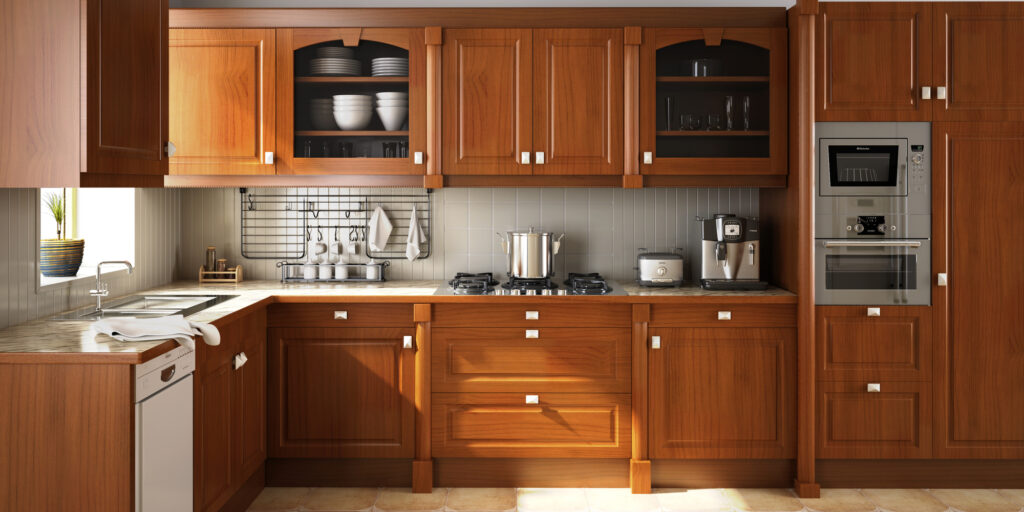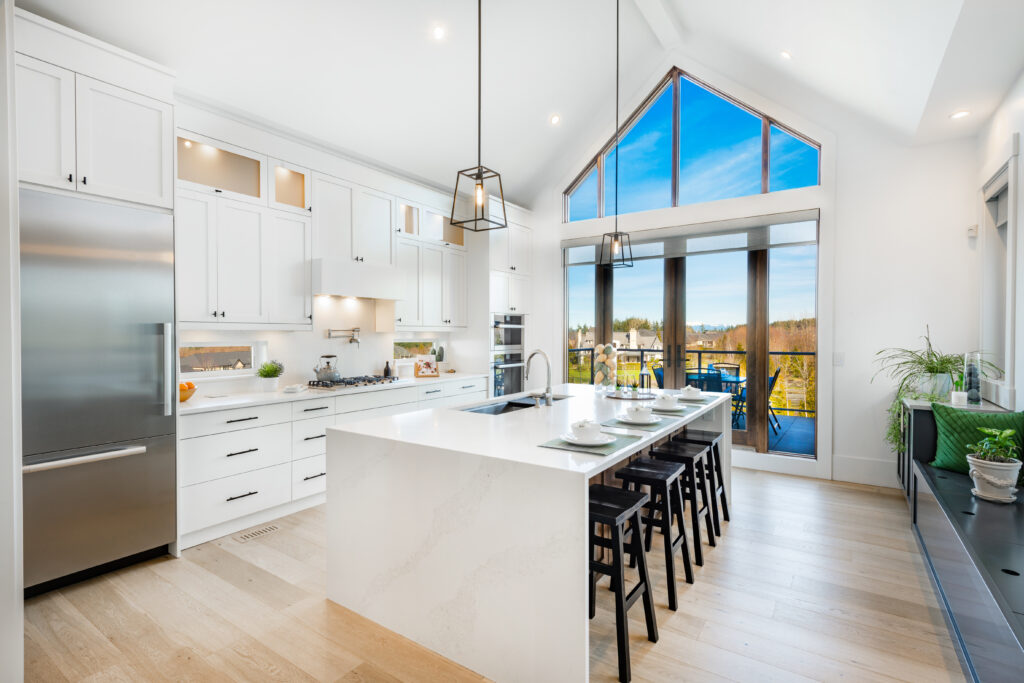
Is your home in need of some aesthetic appeal? Perhaps it’s time you considered giving interior trim a chance. Interior trim can significantly modify the look of your home, giving it a complete facelift. From differing materials to various design approaches, this guide walks you through everything you need to know about using interior trim for a home makeover.
Understanding the Different Types of Interior Trim
Interior trim adds aesthetic value and personality to your home. They are versatile building materials that come in various styles, materials, and finishes.
Wood
The most traditional type of interior trim is wood. It’s favored for its durability, comfort, and organic appeal. Wood trims are perfect for homeowners aiming for a rustic or classical ambiance.
Medium Density Fiberboard (MDF)
Medium Density Fiberboard (MDF) is an excellent alternative for wood with its insusceptibility to warping from moisture and temperature changes. MDF is a popular choice among homeowners because it’s easy to paint, cost-effective, and lightweight.
Polyurethane
For those who want a look similar to wood but a material resistant to insects and decay, polyurethane trim is the way to go. It has the strength and flexibility that can compete with real wood and can be manufactured in more ornate styles.
PVC
PVC or Vinyl trim is also a new favorite, especially for bathrooms and kitchens because of its water and fire-resistant properties. PVC’s easy installation and affordability also cater to homeowners who want to compare more options without breaking the bank.
Composite Trim
Composite trims bring the best of both worlds with the amalgamation of wood and plastic. It offers rot-resistant functionality and sustainable construction that complements both traditional and contemporary settings.
Metal Trim
Metal trims, such as aluminum or stainless steel, are modern interior trim options. Ideal for minimalist designs, metal trims provide a sleek finish and can be used for door trim and window sills.
Maximizing Aesthetic Impact with Interior Trim
Creating Vintage Charm
Few things can replicate the timeless charm of a home decked out in classic wood moldings, chair rails, and baseboards. Based on the home’s era, pick the corresponding interior trim style to ensure architectural integrity.
Opting for Simplicity and Modernity with Clean-Lined Trim
For modern homes, clean-lined trim such as flat stock trim works wonders. This type of trim focuses on functionality over form, promising a streamlined look that’s chic and minimalistic.
Using Trim to Highlight Architectural Details
Interior trim such as crown molding, chair rails, and baseboards can be used to draw attention to interesting architectural features in a room. For example, wide crown molding with detailed dentil work can emphasize the height of a dining room with high ceilings. Carefully choosing trim styles and thoughtfully placing trim elements in relation to existing architectural details can enhance and spotlight those details in an attractive, elegant way.
Table of Contents

Practical Guides to Installing and Maintaining Interior Trims
Essential Tools and Steps for Trim Installation
Installing your door trim or other type begins with gathering some basic building materials. Essential items include your joint trim boards, a miter saw, tape measure, nails, and a hammer or nail gun.
Begin by measuring the area where the trim will be installed. Cut your trim to size, making sure the angles match the corner of your walls. Once cut, secure the trim using your hammer to nail it in place.
Tips for Keeping Interior Trim Clean and Well-Maintained
Interior trim like baseboards, window sills, door frames, and moldings can easily accumulate dust, dirt, and grime over time. To keep them looking their best, make a habit of dusting them regularly with a microfiber cloth or dusting wand. For a more thorough cleaning, use a mild soap and water solution and a soft rag or sponge.
Avoid abrasive cleaners or scrubbing too hard, which can damage the finish. Every few months, inspect the trim for any scratches or scuffs and touch up with matching paint if needed. Caulk around trim can also become cracked or worn, so periodically check for gaps and recaulk as necessary. Proper moisture control and ventilation will help minimize condensation and moisture damage on the trim. Following these basic maintenance tips will help preserve the beauty of interior trim work.
When to Consider Professional Trim Installation
While installing interior trim can be a DIY project, there may be instances when professional assistance may be required. Complex designs and high-profile materials such as marble tile can be challenging to handle. Expert installers offer quality customer service, ensuring your vision is realized perfectly.
Elevating Your Home’s Value with Strategic Trim Upgrades
Beyond maintenance and installation, certain strategic upgrades can help enhance your home’s value. Knowing where to invest in interior trim improvements can make a difference.
Considerations for Trim Improvements as Real Estate Investments
If you’re looking to put your house on the market, interior trim can add significant value. Prospective buyers tend to appreciate the aesthetic appeal and the added touch of sophistication it brings. However, it’s crucial to compare more options before settling to ensure the best return on investment.
Making the Most of Trim in Home Staging and Showcasing
During home staging, the interior trim plays a crucial role. The ambiance it creates can influence potential buyer’s perceptions and appreciation of the property. When done well, trim can effectively highlight architectural features, creating focal points that draw the eye.
In summary, interior trim serves both practical and aesthetic purposes in a home. Trimwork frames doors, windows, and other architectural features while also concealing seams and edges. Thoughtfully selected trim styles and materials can elevate a space, providing visual interest and tying the decor together. Whether you opt for traditional wood molding, sleek metal trim, or modern materials like PVC, the right trim choices can take a room from drab to dramatic. With creative use of color, texture, and trim profiles, even modest homes can get a makeover. Interior trim is an impactful and affordable way to change the entire look and feel of a space.
Look to High Performance Home
At High Performance Home, we know how important your home is to you. This is why we strive to bring together major providers and stakeholders within the construction industry to provide only the best for your new build or remodel. Contact us today to gain access to our expertise so we can help you choose the perfect components for your home.
Frequently Asked Questions
What is interior trim?
Interior trim refers to the decorative and functional elements that are installed inside a building. Common types of interior trim include baseboards, crown molding, door and window casings, chair rails, and wainscoting.
What materials are used for interior trim?
Interior trim can be constructed from various materials like wood, polyurethane, vinyl, or metal. Wood remains a popular choice as it can be easily shaped, stained, and painted. MDF (medium-density fiberboard) is a composite wood product that offers a smooth, consistent surface for paint at a lower cost. PVC and cellular PVC trim provides durability and moisture-resistance. Metals like aluminum are used for modern, sleek looks. The type of material impacts the cost and installation requirements.
How much does interior trim cost?
Costs for interior trim vary widely based on the type of material, complexity of trim design, and amount of labor required. Basic vinyl or MDF trim could cost $2-5 per linear foot. More intricate wood trim with custom millwork could range from $10-50 per linear foot installed.
